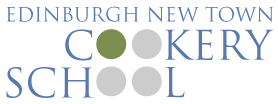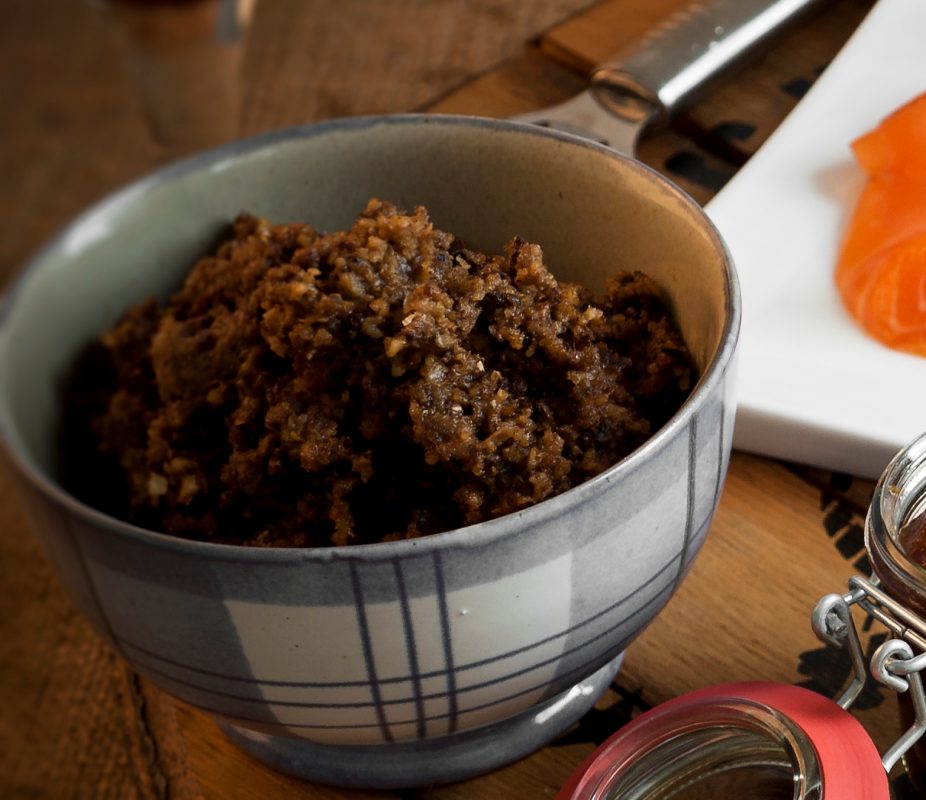News
Host a Traditional Burns Supper!
‘Gie her a Haggis’
It’s that time of year again to dust down your kilts and prepare yourself for all things haggis and whisky to celebrate Burns Night!
Typically cold and dark, on the evening of 25 January Scotland will once again celebrate the life and work of the 18th Century poet Robert Burns. Burns has been celebrated ever since his death in 1796 and many Scots still spend the evening attending a Burns Supper in his honour. While some venues host formal Burns celebrations, we share some top tips for preparing to host a textbook Burns Supper in your own home!
Traditions of the evening edge around the entertainment, food, and drink. The evening conventionally begins with guests arriving to dinner to the sound of bagpipes. However, if recruiting a piper proves too difficult, or you are lacking piping volunteers, you can always improvise by streaming a playlist of traditional Scottish music through your speakers. Guests are seated, and the evening is then toasted with a ‘wee dram’ of whisky to start the merriments.
The chair, that is the host of the evening, will be expected to introduce the guests. Following this Chairman’s welcome, ‘The Selkirk Grace’ is said; this is a short prayer which is delivered before the food arrives.
For dinner, cock-a-leekie is often served to begin. This is a traditional Scottish soup, made with leeks and chicken stock, thickened with either rice or barley. After the soup has been washed down with perhaps more whiskey or perhaps some wine, it is then time for the main event: the haggis.
Haggis is a concoction of sheep’s liver, lungs and heart. The reason haggis is so closely associated with Scotland is often attributed to Burns. ‘Address to a Haggis’ is arguably one of Burns’ most famous works, and this poem is often recited before the ‘toasting’ or serving of the haggis at the Burns Supper. Often, the reader of this poem will then cut the haggis along its length with a knife, to allow for the haggis’ contents to spill out. The haggis is then served, often with neeps (swede) and tatties (potatoes). Desserts then follow, and this could be cranachan (an assortment of raspberries, cream, honey, whisky and toasted oatmeal), or simply some Scottish shortbread.
Once dinner has concluded, the entertainment takes off. The recital of other Burns’ poems and songs, such as the more well-known works ‘To a Mouse’ or ‘A Red Red Rose’, are commonplace at any Burns Supper. Other entertainment can include ‘A Toast to the Lassies’. This was initially intended as a way to say thank you for the women cooking and serving the meal; however, times have indeed changed, and ‘A Toast to the Lassies’ in the 21st century now acts as a means to celebrate all women in the world today. The toast is often meant to be a witty and humorous spectacle directed at the women. The women are then offered a chance to reply with their ‘A Toast to The Laddies’, and will (hopefully!) succeed in gaining the upper hand with a more amusing and creative toast than the men presented.
To conclude the evening, the Chairman will say thanks to all guests for attending, and will invite everyone to stand and sing Auld Lang Syne. This is a traditional Scottish folk song, often sung all together whilst holding hands around the room.
We wish you luck in hosting your Burns Supper!

